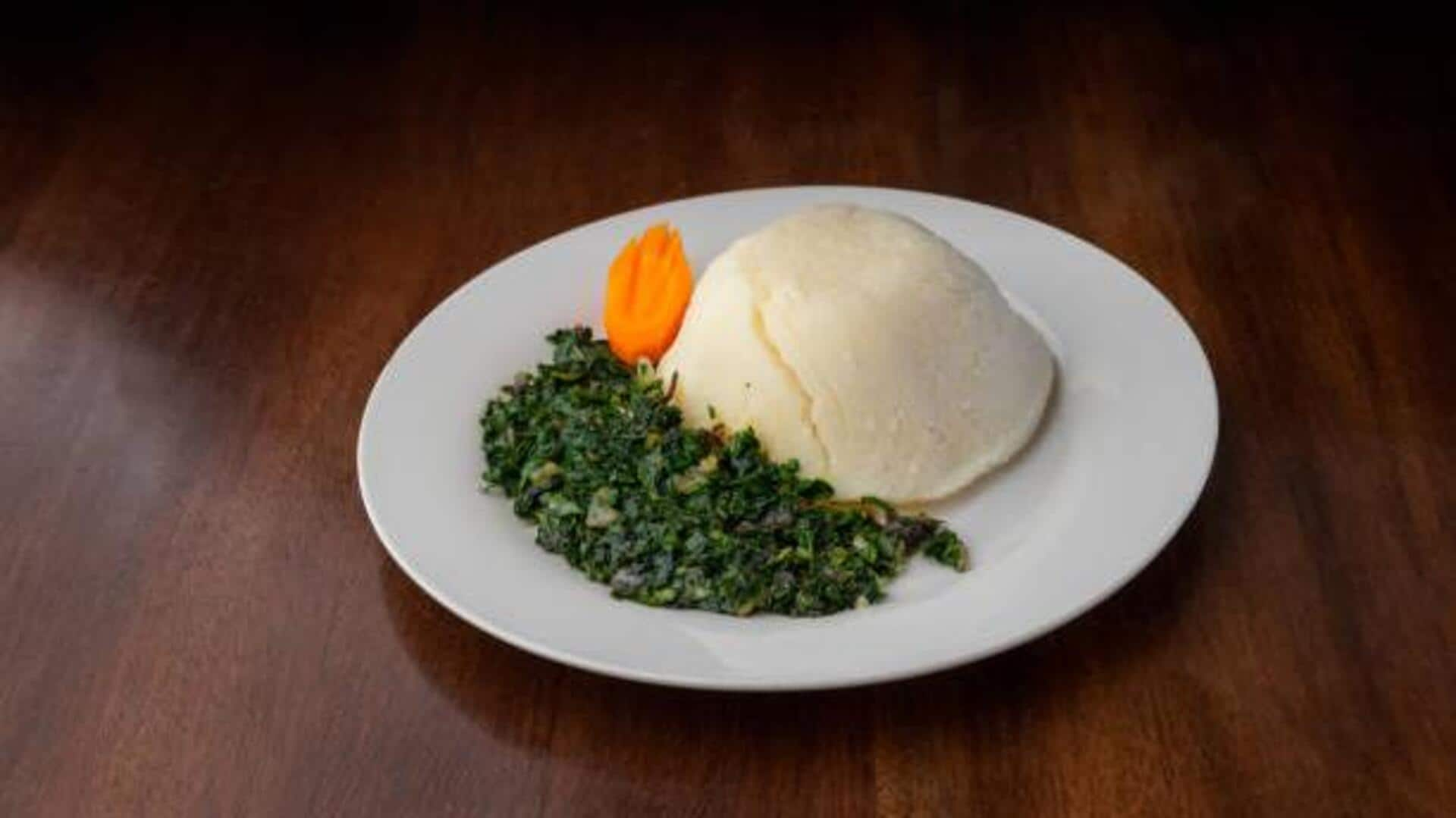
5 traditional millet dishes worth trying
What's the story
Millet, a staple grain in most African countries, has been an integral part of the continent's diet for centuries. Resilient to arid climates, millet is not just nutritious but also an important part of cultural traditions. Here, we take you through five traditional African dishes that highlight the versatility and historical significance of millet. These dishes showcase ancient dietary practices and continue to be cherished across regions.
Dish 1
Ugali: A staple across East Africa
Ugali is a popular dish made from millet flour and water, resulting in a thick porridge-like consistency. It is usually served as a side dish with vegetables or sauces. In East Africa, ugali is a daily staple because of its simplicity and energy-boosting qualities throughout the day. The water is boiled and millet flour is added gradually while stirring, until the desired thickness is achieved.
Dish 2
To: A West African delight
To is a traditional dish of West Africa, especially in Burkina Faso and Mali. Consisting of millet flour cooked with water to a smooth, dough-like consistency, to is typically accompanied by sauces made with vegetables or legumes. To is culturally significant as it is commonly prepared during communal gatherings and celebrations.
Dish 3
Injera: Ethiopia's unique flatbread
Injera is an Ethiopian flatbread commonly made from teff flour but can also be made with millet flour for a twist. The batter is fermented overnight and then cooked on a hot griddle into large round sheets having tiny holes on the surface. Injera acts as both plate and utensil when eaten with stews or vegetable dishes.
Dish 4
Nyama choma accompaniment: Millet pap
Millet pap makes an accompaniment to grilled food across parts of Southern Africa like Zimbabwe and Zambia where it's called locally sadza or nshima, depending on the regional dialects spoken thereabouts. Made in a similar fashion as the other porridges mentioned earlier, however, this version is thicker in consistency, making a perfect pairing with grilled delicacies socialized amongst friends and family alike!
Dish 5
Koko: Nutritious breakfast porridge
Koko hails from Ghana, where it is eaten mainly at breakfast time due to its high nutritional value obtained through a mixture of fermented millets and spices like ginger, cloves, and cinnamon. The grains are soaked overnight, and ground to a fine paste mixed together before boiling to get a creamy-textured porridge served warm in the mornings to kick-start your day in the best way possible!